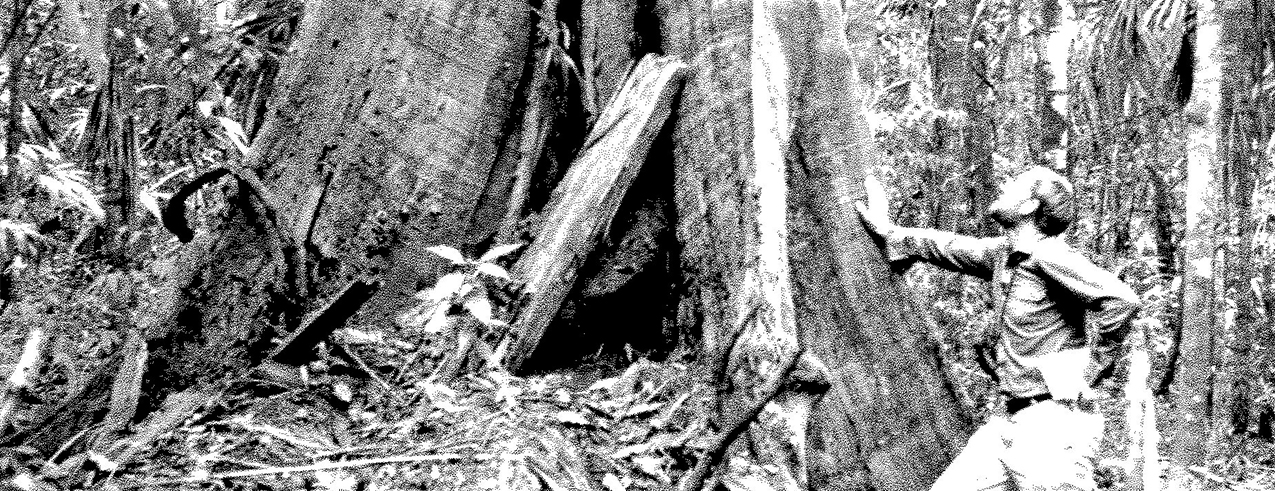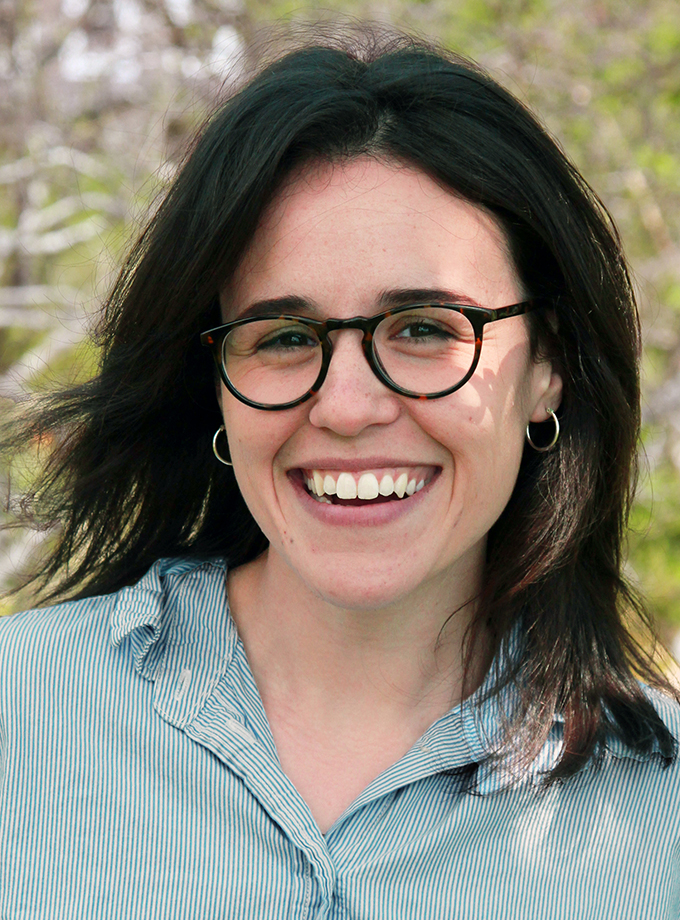Materials (content and images) taken from the Manomet archives.
Manomet’s work over its first 25 years expanded organically from landbirds, shorebirds, and forests and opened the door to a broader understanding of the world around us. This understanding of how the many facets of our world are connected—and a belief that we cannot solve the complex challenges that we are facing by ourselves—is integral to understanding our most recent past and how we are preparing to lead in our next half-century.
When Manomet’s banding program celebrated its unofficial 30th anniversary in the fall of 1996, Linda Leddy, then President, shared in her cover letter of the spring 1997 issue of Conservation Sciences, that, “Bird populations are in trouble; the causes are many and complex…today, Manomet is focused on building science-based solutions to environmental problems. To reach this goal, we actively catalyze many partners in using science generated by ourselves and others to create long-term solutions that meet both human and ecological needs.” More than 20 years later, this statement continues to guide our path forward.
Manomet continued pioneering efforts in conservation, forest management, and education throughout the 1990s until today. In 1995, through funding by the Massachusetts Cultural Council, Manomet’s landbird program worked with Simmons College to develop the Bird Link program, which made Manomet data accessible for Massachusetts schools to use in their curricula. Janis Burton, Manomet’s former Director of Education and Trevor Lloyd-Evans (Manomet’s current Director of Landbird Conservation who has been on Manomet’s staff since 1972) collaborated to create educational units based on findings of Manomet scientists. A prototype for Manomet’s Climate Lab project, developed in 2015, Bird Link recruited schools in Gloucester, South Ashburnham, and West Roxbury to participate and learn from Manomet’s extensive long term datasets and robust science divisions.
Also in 1995, Manomet’s founding Executive Director Kathleen (Betty) Anderson received the Cornell Lab of Ornithology’s prestigious Arthur Allen Award for her major contributions to the field. Leddy said in a 1995 issue of Manomet’s Conservation Sciences magazine, “Kathleen Anderson’s superior skill as an ornithologist, teacher, volunteer, writer, researcher, and speaker have influenced a worldwide audience, from children getting their first close-up view of a bird to college students involved in bird conservation and research.”
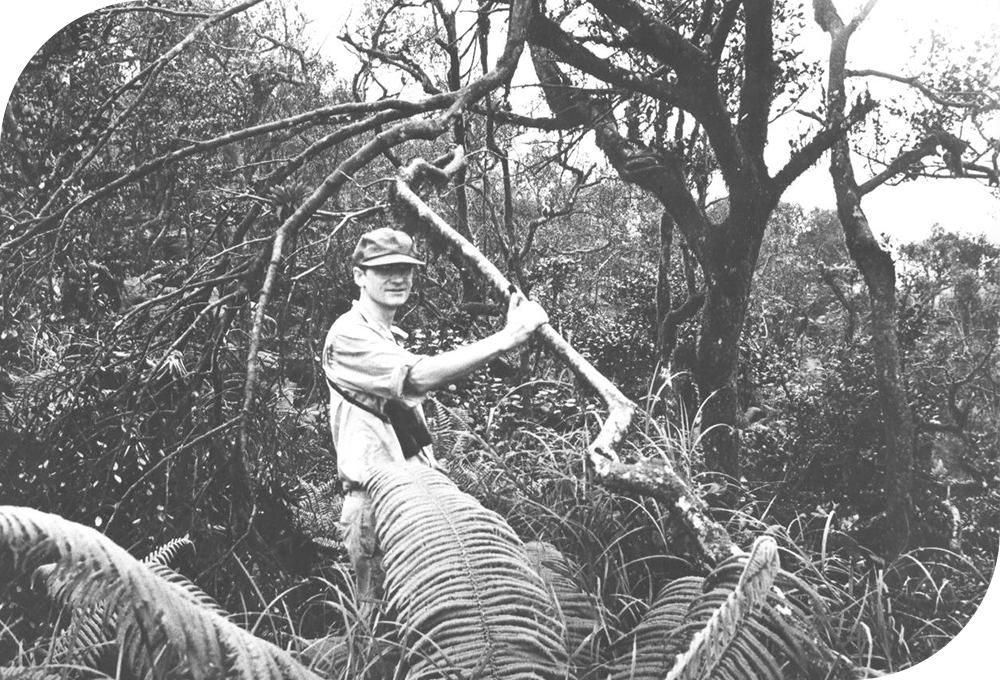
Building on this, Manomet’s Tropical Forest Management Initiative in Belize continued and grew through the 1990s. Manomet had been working with the Belize Forest Department in the Chiquibul Forest Reserve and the Programme for Belize in the Rio Bravo Conservation and Management area to manage for mahogany, which had been depleted through selection harvesting for export. In partnering with the Forest Department and Programme for Belize, Manomet conducted research led by Betsy Mallory, Nick Brokaw, Andy Whitman, and John Hagan, to determine the impacts of logging on forest birds, and to devise forestry practices that would rebuild stocks of mahogany and other valuable tropical species. Interestingly, regeneration of mahogany required significant forest disturbance because it evolved in a hurricane-prone region.
The Western Hemisphere Shorebird Reserve Network (WHSRN) celebrated its tenth anniversary in ’95. In recognition of this milestone, managers of 31 sites within the network, as well as Linda Leddy, Shorebird Biologist Brian Harrington, and Trustees David Twichell and Ted Raymond convened for the first and only WHSRN conference in Ottawa, Canada. Attendees reviewed successes, goals, needs, and ideas pertaining to shorebird conservation, as well as integration of other major shorebird initiatives. WHSRN would soon turn its focus to creating a nationwide shorebird management plan for the U.S., which would include high-priority shorebird species and specific recommendations for highly-used sites. Today, there are 106 WHSRN sites in the network representing 17 countries and bringing together 412 partners.
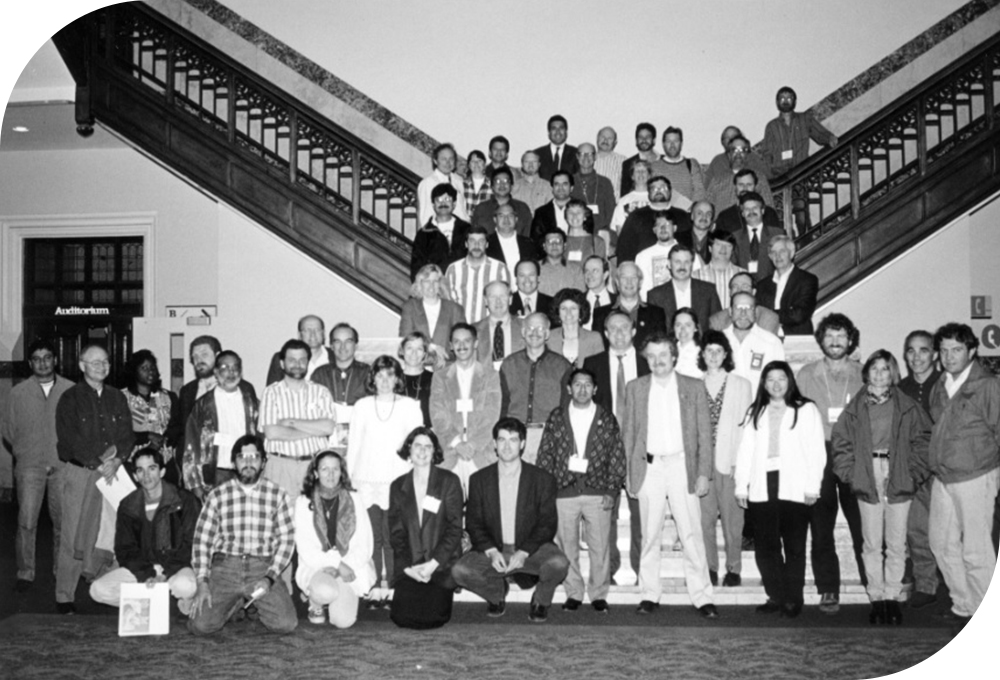
In 1997, WHSRN hired a coordinator to help meet the goal of releasing a national shorebird conservation plan for the US within the next three years. Stephen Brown, with a Ph.D. from Cornell University, joined Manomet to identify critical habitat for the most threatened shorebird species, and to develop a comprehensive plan for how to best manage for their success. Stephen would later step into his current role as Vice President of Shorebird Conservation at Manomet, where he leads the Shorebird Recovery Program team in habitat management and shorebird science.
The U.S. Shorebird Conservation Plan was released in 2000 through the collaborative efforts of over 20 partner organizations, including Manomet, the American Bird Conservancy, National Audubon, The Nature Conservancy, National Park Service, and others. The plan compiled several at-risk species, population estimates, and action plans. It also outlined plans for regions that could improve habitat for shorebirds and slow their decline. This plan would further solidify Manomet as a shorebird conservation trailblazer and resource for other organizations and agencies when creating management plans.
The Plan, as well as the International Shorebird Survey (ISS)—a hemispheric-scaled citizen-science effort started in 1974 that has become a critical source of long-term data on current shorebird populations—ended up being vital to shorebird recovery efforts following the Deepwater Horizon Oil Spill. After the spill on April 20, 2010, Manomet’s Shorebird staff headed to the Gulf Coast to work with partners to protect critical shorebird habitat sites that had been affected by the spill.
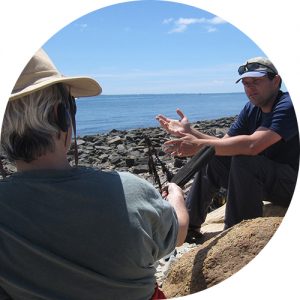
In a June 2010 article published in the Boston Globe, SRP staff were interviewed about their efforts to identify key sites for management as well as their expertise on the species that were most at risk preceding their northward migration. Shiloh Schulte, Manomet’s American Oystercatcher Recovery Program Coordinator, said workers in the Gulf “have a limited amount of resources. There are only so many people on the ground working to clean beaches and collect information. Knowing where [key] sites are is necessary to target recovery efforts and collect information to document the spill’s effects.”
Manomet and WHSRN were indefatigable players in the work done to restore the Gulf and recover shorebird populations that had been devastated by the spill. Today, Schulte continues work to restore American Oystercatcher populations on the Atlantic coast. Since the spill, the oystercatcher population has grown 23% thanks to Manomet’s work with invested project partners.
Manomet’s Marine Fisheries Division welcomed scientist Chris Glass to the team in 1996, who would direct Manomet’s By-catch Reduction Project. In addition to growing this effort, the division continued partnering with government agencies and conservation organizations to make headway in fisheries research to improve practices and reduce by-catch (unwanted fish) for a more sustainable fishing industry. This would stand out as one of many examples of Manomet’s work to lead with relationships based on trust for creating a more sustainable world; as the organization grew through the 1990s and early 2000s, partnerships with the for-profit sector would soon prove critical in carrying out its mission.
John Hagan and Andy Whitman (Manomet’s current Director of Sustainable Economies) opened Manomet’s Brunswick, Maine office in 1997 to serve as headquarters for the Shifting Mosaic project, an initiative designed to conserve Maine’s forest biodiversity while striking a balance with timber harvesting. Established as a way of connecting Maine citizens to Manomet’s sustainable forestry work and becoming a member of the Maine “community,” Brunswick now houses our Sustainable Economies program and nearly half our program staff. Projects including the Grocery Stewardship Certification Program, U360, and Soft-shell Clam Aquaculture all began in Maine.
In the 2000s, Manomet continued to expand its work with the for-profit sector. In 2007 Manomet established partnerships with Cabot Creamery Cooperative and Dairy Management, Inc. to develop a “Vital Capital Index (VCI),” which would be used to both document and guide the benefits of dairy farmers and agriculture to social, economic, and environmental sustainability. Said Andy Whitman, who developed the index, “People in farming and forestry both feel they are not very well understood because consumers don’t follow farming and forestry that closely. There is a disconnect between consumers and where their food or wood comes from. The VCI helps restore this connection.” The foundation built through the VCI project would become a gateway to many other projects, like those that work with businesses, grocery stores, and the fisheries sector. Leveraging the impact of the for-profit sector has allowed Manomet to make far greater progress on building a sustainable world.
With the expansion in program direction and approach also came a shift in Manomet’s internal structure and leadership. In 2008, Linda Leddy stepped down as president after serving in her position since 1984. “During her tenure, Manomet evolved from a bird observatory into a nationally recognized institution whose mission, name, and programs focus on building science-based solutions to sustainability problems,” wrote Paddy Wade, Manomet’s then-Board Chair.
The presidency was turned over to John Hagan, an ornithologist by training who had served on Manomet’s science staff for decades in a number of roles, from statistician to forest ecologist. Hagan would carry the organization to present-day, leading Manomet’s growing focus on engaging the for-profit sector for positive change. In a 2009 op-ed in the Boston Globe, Hagan said “we can’t save the environment by trying to save the environment. We need a larger army. The way to build the army is to recast the goals. Instead of focusing on ‘saving the environment,’ we need to focus on ‘sustaining human well-being.’ Everyone is interested in his or her own well-being.” This viewpoint now cuts across all of Manomet’s work, including its bird work.
During Hagan’s tenure as President, Manomet has engaged the timber industry as climate leaders, established a training program to help nonprofits and for-profits manage for shorebird conservation throughout the Western Hemisphere, created a sustainability program for the energy-intensive grocery sector, launched a program that teaches college students how to help small businesses be more sustainable and save money, resurrected its fisheries program in New England, and created a national standard for agriculture sustainability.
At the end of 2019, Hagan will be stepping down as president after 11 years in this role. As Manomet moves into its 50th year, we take a moment to celebrate our evolution and history.
“In a time when the odds of climate change are against us, Manomet is a ray of hope,” Hagan says. “I’m proud to have served as president of this amazing organization. With our approach of building relationships, learning from others and always growing, and working on the ground for a more sustainable world, Manomet is in the perfect place to take on the challenges of the next 50 years.”

Looking to the next 50 years, Manomet’s projects and partnerships will continue to grow and evolve to address the issues climate change presents for our planet, from preserving biodiversity to creating sustainable solutions to ensure food for everyone. But, despite the need for transformative growth moving forward, we will hold onto our roots in grounded science and bringing people together for a common goal.
“It’s important that we maintain our research capabilities into birds and into the environment the way we do,” says Paddy Wade. “Not only birds, but forests, fisheries, and businesses, too. There are too few places that do the type of work that Manomet does. We need to keep science and research as a strong focus of what we do in the future.”
“The initiatives we have to connect with the next generation are a turning point for Manomet,” says Cheryl Botieri, Vice President of Mission Advancement. “We’re looking to them as future leaders, both within our organization and within the systems where we need to have the most impact for a sustainable world. To know that we are leaving our planet in good hands is comforting, and giving young people the tools they need to be stewards of a better world is something Manomet has begun to prioritize across many of our programs.”
“We can learn to live comfortably and to make the world better,” says Michael Taubenberger, Manomet Trustee. “But we need everybody’s help. It’s a worldwide problem, but the more people that we can get on board, the more that we can all do a little bit here and there to create a sustainable future. Manomet’s approach of engaging a variety of people and organizations, for-profit and nonprofit, and working with them to find out what they’re trying to accomplish and then work towards a goal of making the world a better place is what I enjoy about Manomet. That’s our approach. We work with people to find a common ground and a common way that we can achieve the world that we all want.”
Standing on the bluff, watching cormorants and seals bask on the rocks below and hearing Gray Catbirds garble in the surrounding shrubs, it’s easy to feel like nothing has changed in the 50 years since Manomet opened its doors. Our anniversary on August 4th may be a milestone as our establishing date, but the true celebration is for the thousands of people who have made Manomet what it is and will continue to be, from staff, Board, and donors, to interns, partners, and volunteers. We invite you to join us as we celebrate our 50th year, and thank you for everything you do for Manomet.





 Back to all
Back to all